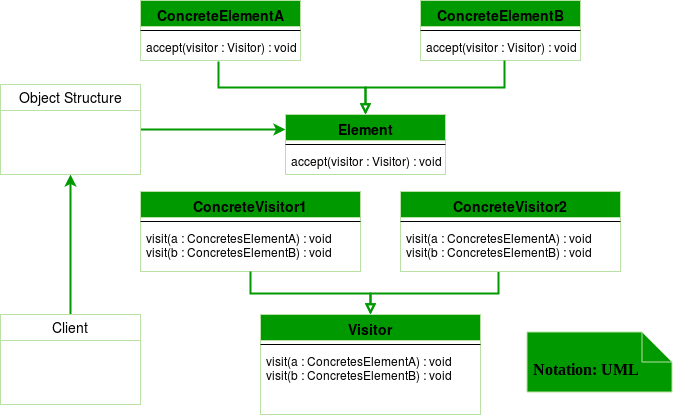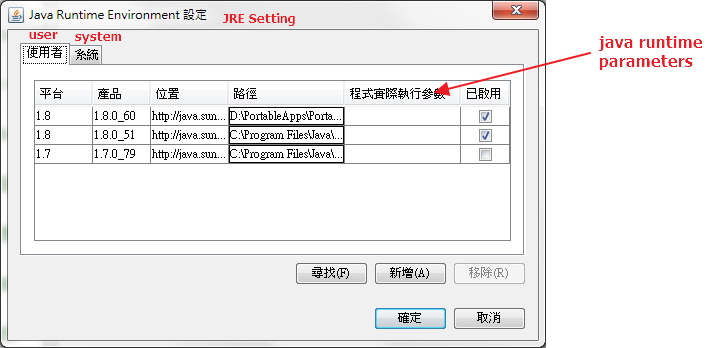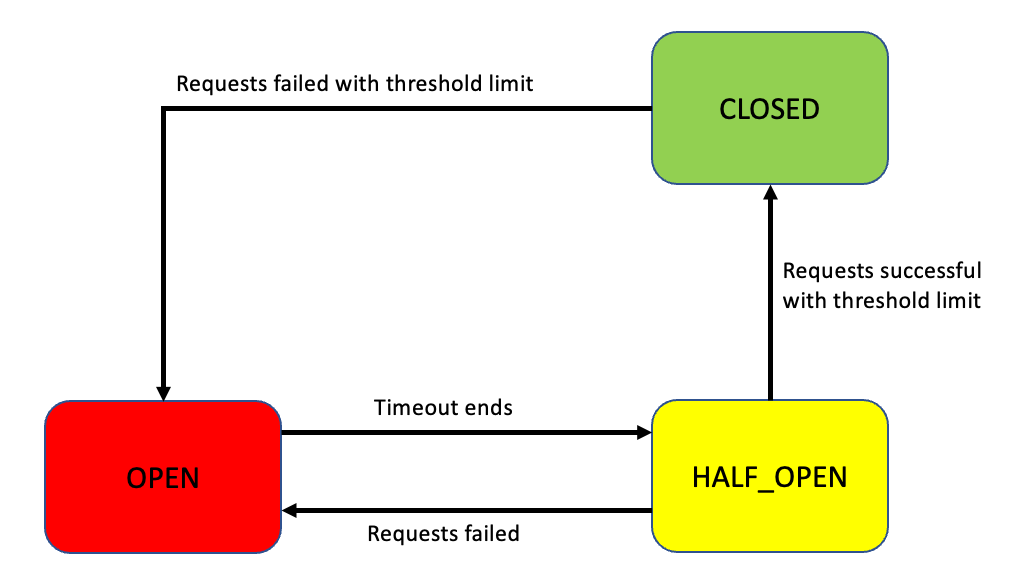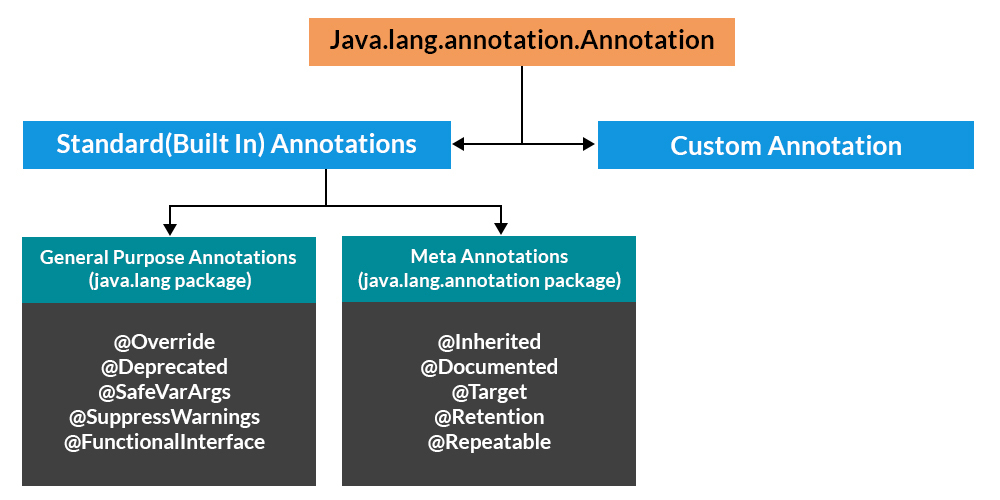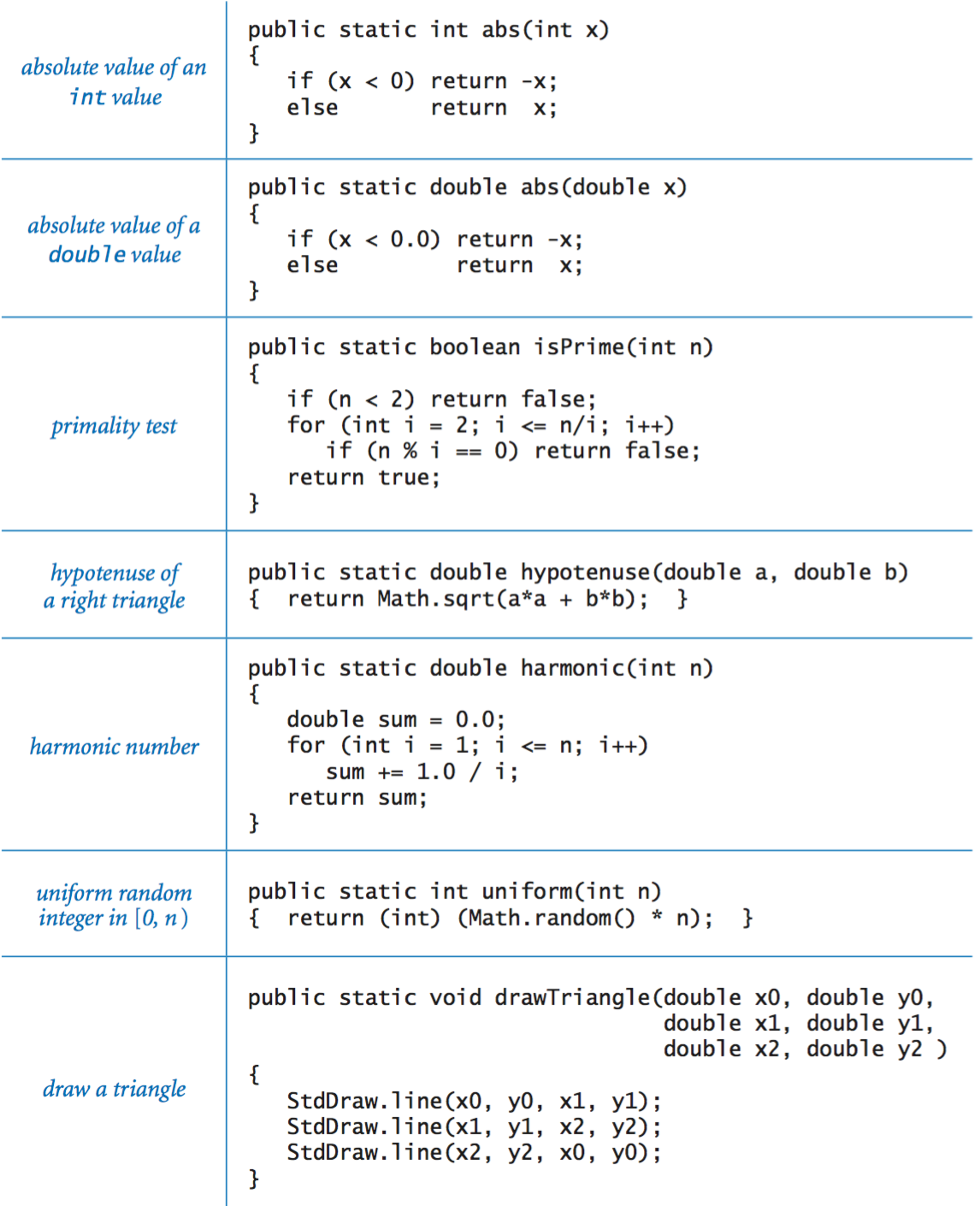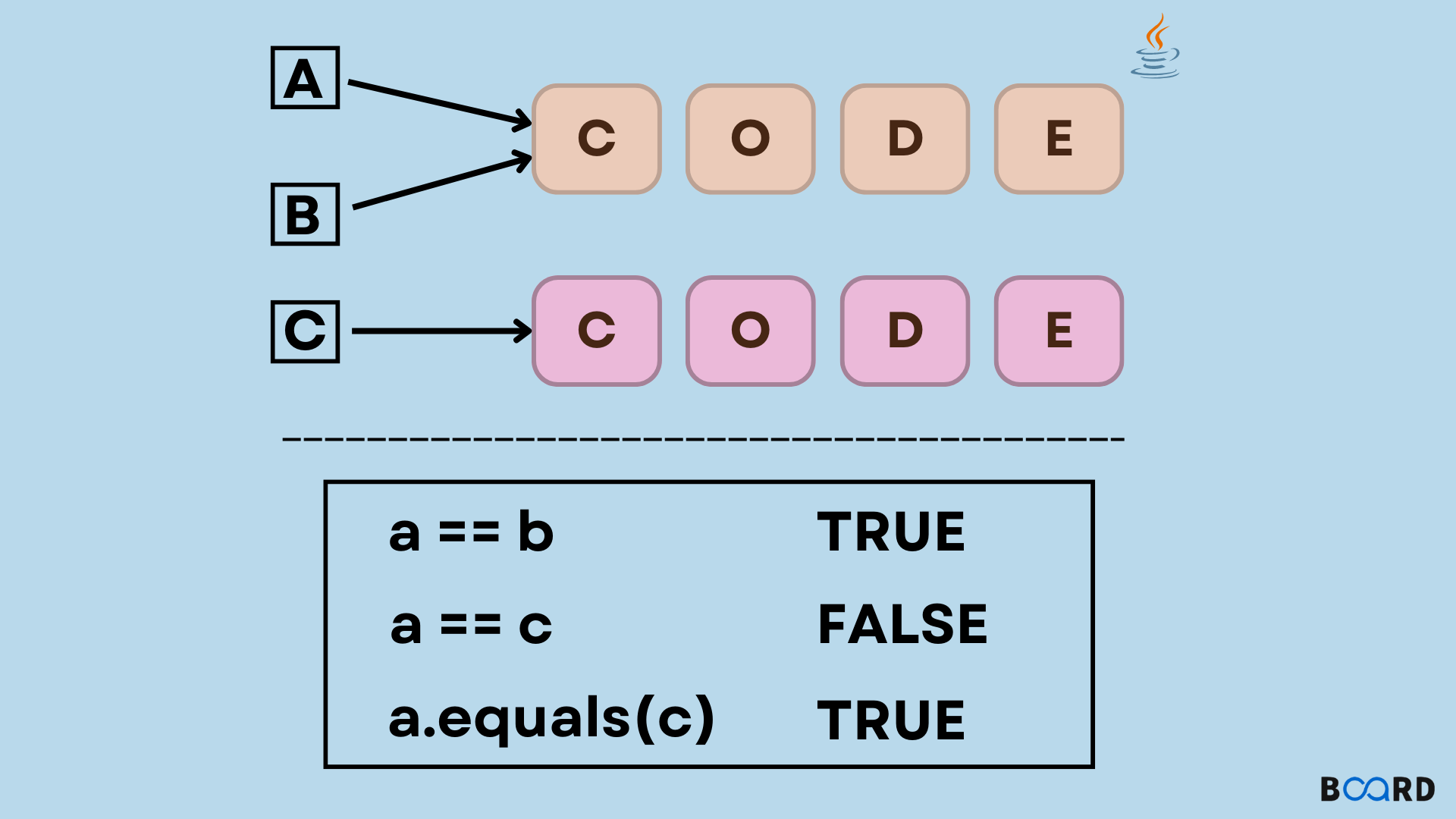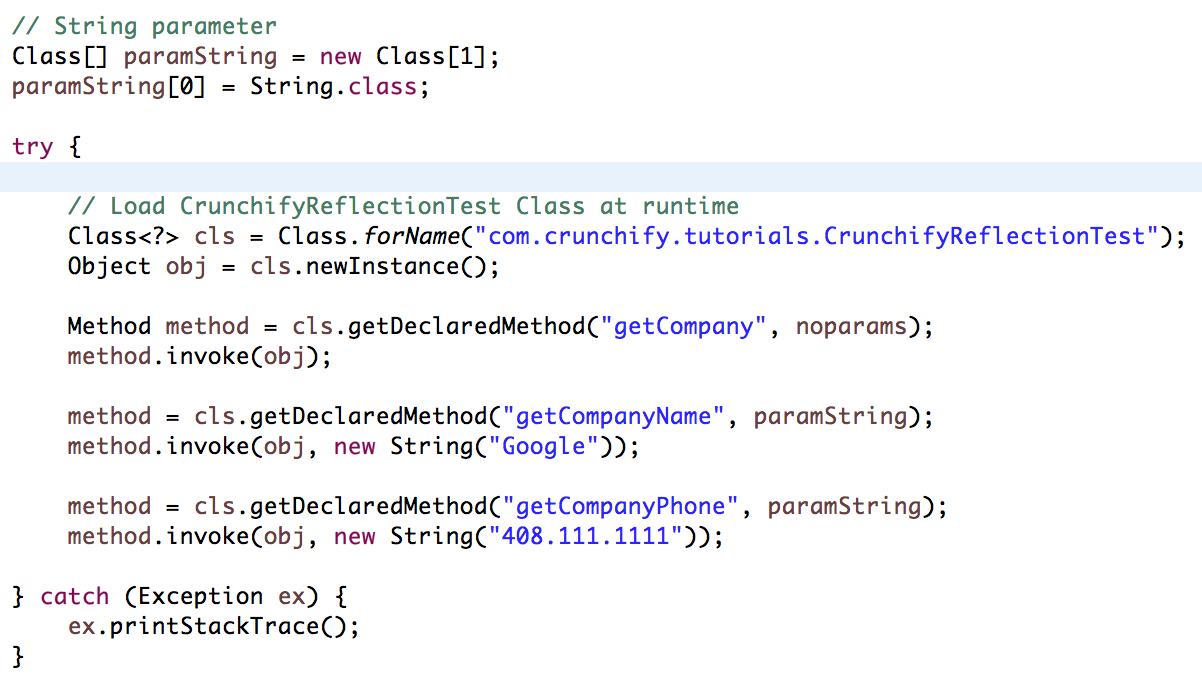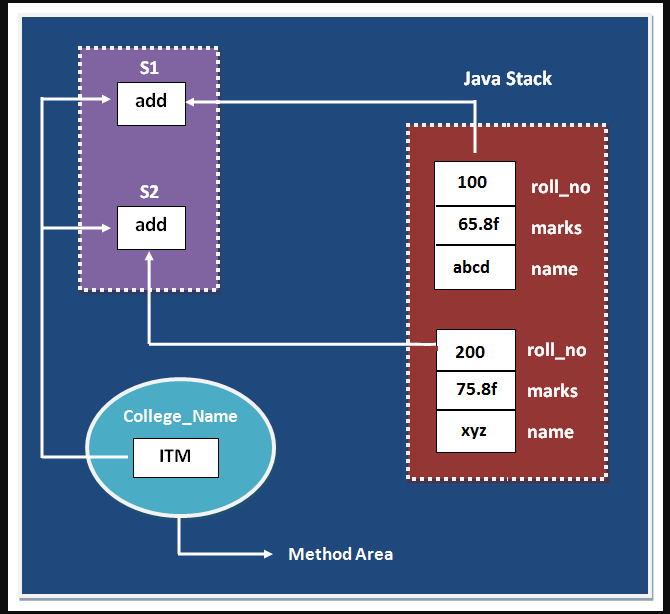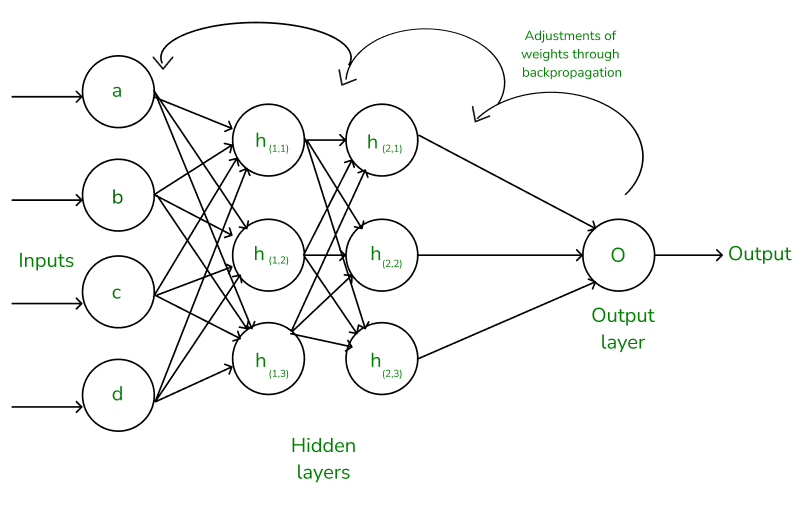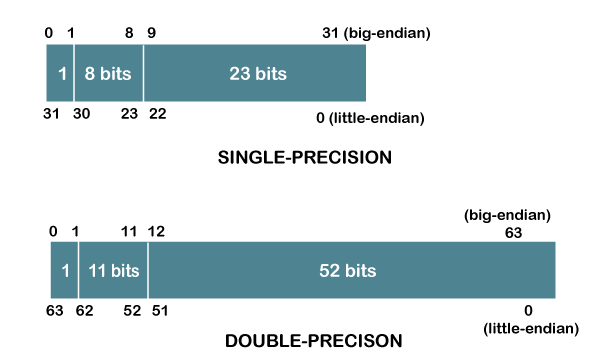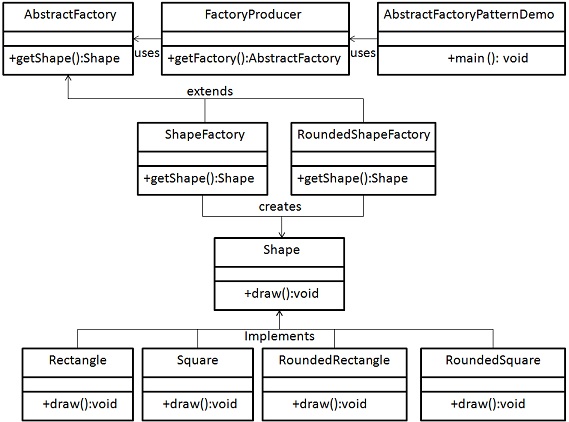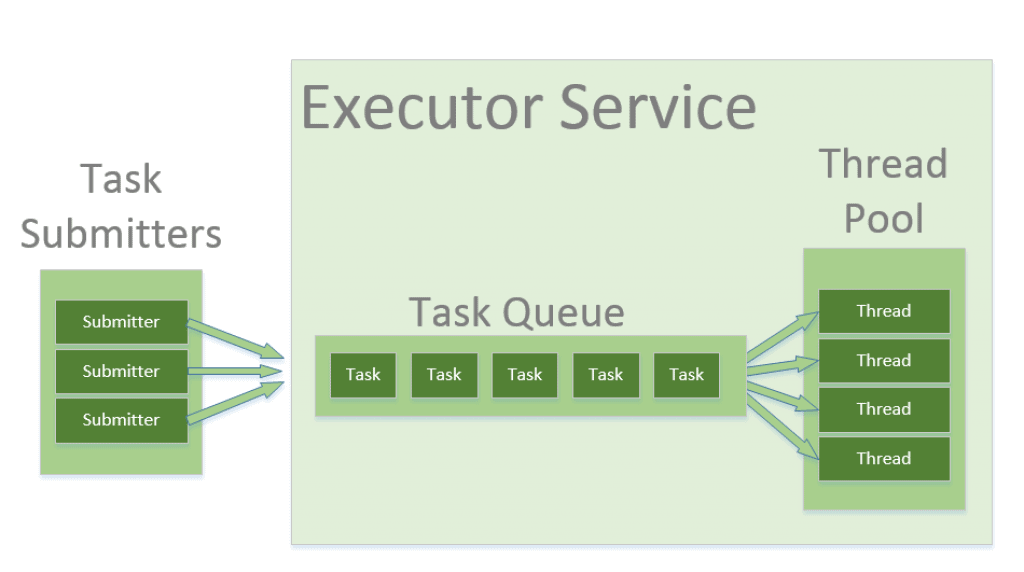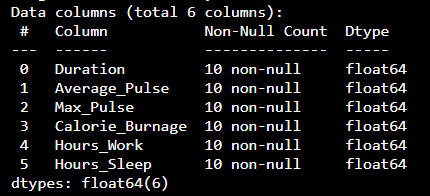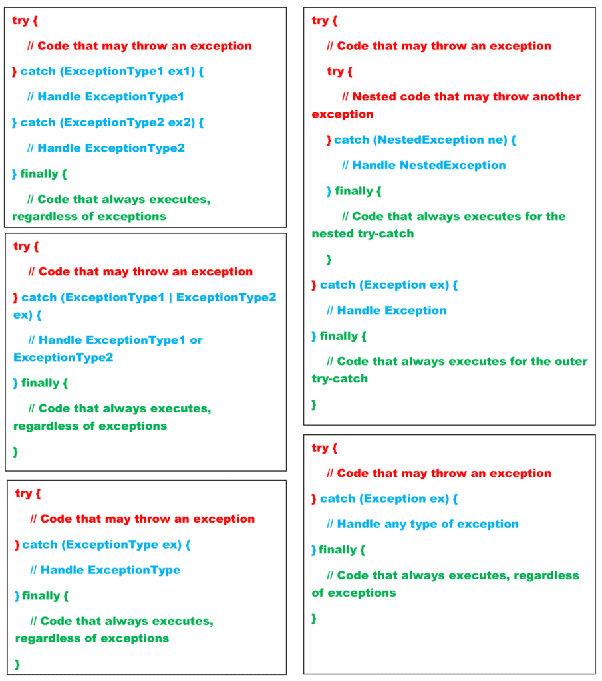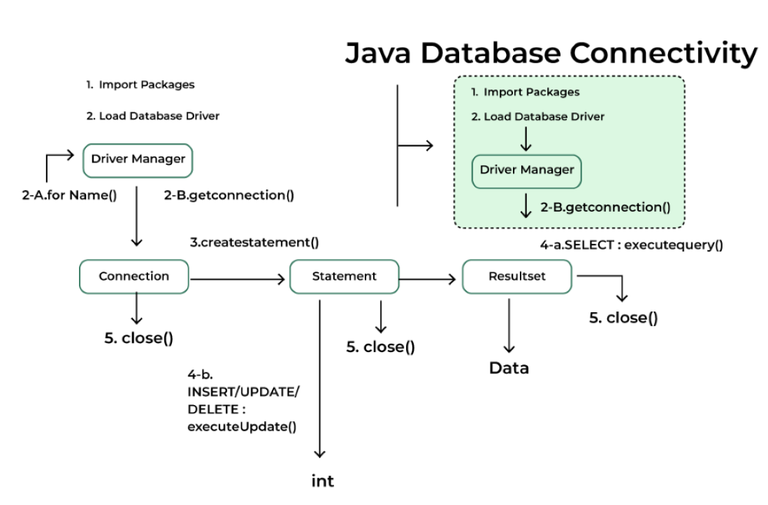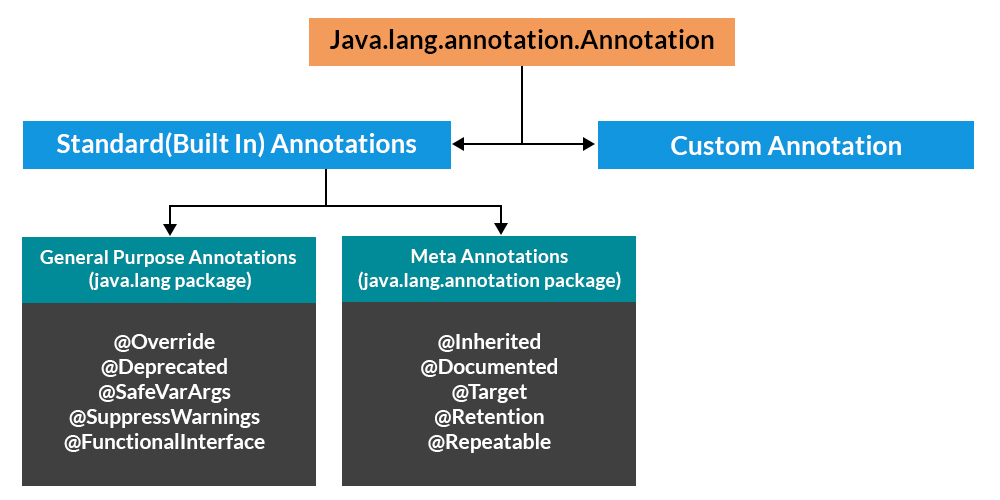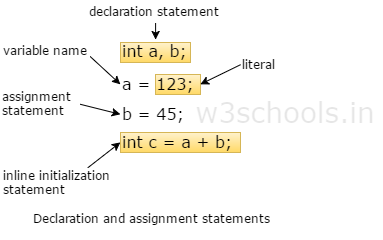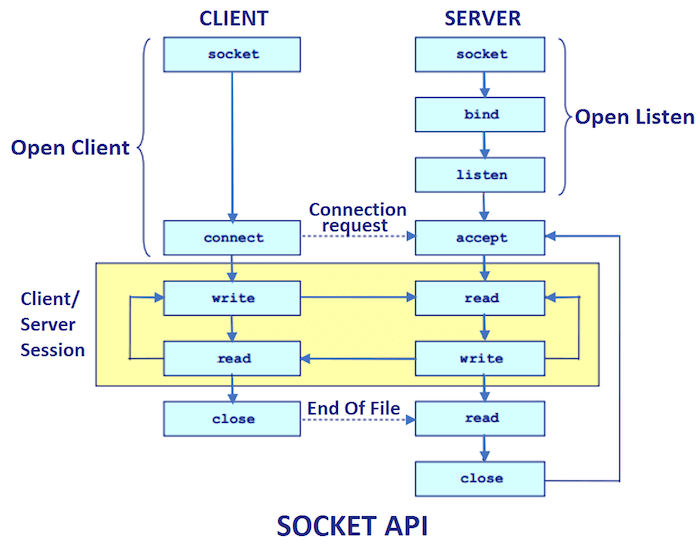What is the difference between lock and monitor in Java?
What is the difference between lock and monitor in Java?
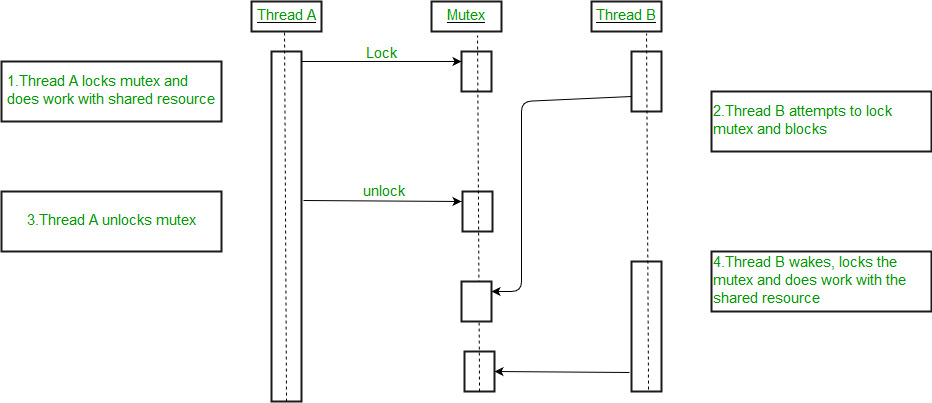
I'm happy to help! However, since you specifically asked me to respond in English, I'll make sure my answer is clear and concise.
In Java, Lock and Monitor are two fundamental concepts that serve similar purposes: they help synchronize access to shared resources in a multithreaded environment. While both terms might seem interchangeable, there's a crucial difference between them:
Monitor (synchronized method/block):
A Monitor is a mechanism that allows multiple threads to share the same resource while ensuring only one thread can execute at any given time. In Java, you can achieve this using synchronized methods or blocks of code. When a thread tries to access a synchronized block or method, it must first acquire the monitor lock before proceeding. If another thread already holds the lock, the new thread will be blocked until the lock is released.
Think of a Monitor as a virtual "doorman" controlling access to a shared room (resource). Only one thread can enter the room at a time, ensuring that modifications to the resource are atomic and thread-safe.
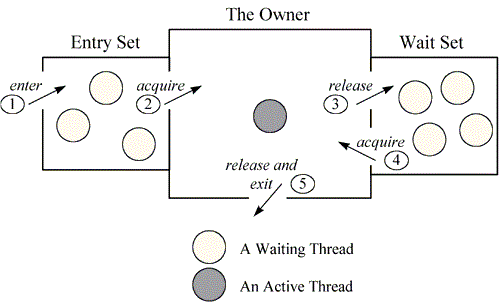
Lock (ReentrantLock):
A Lock, on the other hand, is a more explicit mechanism for acquiring and releasing locks. It's similar to the Monitor concept, but it provides additional features and flexibility. Java's java.util.concurrent.locks.ReentrantLock class represents a lock that can be acquired multiple times by the same thread (hence "reentrant").
A Lock provides finer-grained control over concurrency. You can:
Try-lock: Attempt to acquire the lock without blocking, returning immediately if the lock is already held. Acquire and release: Acquire the lock and then explicitly release it, allowing other threads to access the resource. Condition variables: Associate conditions with locks, enabling threads to wait for specific events or states.To illustrate the difference:
Suppose you're writing a multithreaded application that updates a shared counter. You could use a synchronized method to increment the counter:
public class Counter {
private int count = 0;
public synchronized void increment() {
count++;
}
}
In this case, the Monitor ensures only one thread can increment the counter at a time.
Alternatively, you might choose to use a ReentrantLock to acquire and release the lock explicitly:
public class Counter {
private int count = 0;
private final Lock lock = new ReentrantLock();
public void increment() {
lock.lock();
try {
count++;
} finally {
lock.unlock();
}
}
}
In this scenario, you have more control over the concurrency aspects and can use conditions to synchronize threads if needed.
In summary:
A Monitor is a mechanism for synchronization using synchronized methods or blocks. A Lock (ReentrantLock) provides an explicit way to acquire and release locks, offering finer-grained control and additional features.While both concepts aim to achieve thread safety, the choice between them depends on your specific requirements and the complexity of your concurrency logic.
Monitor lock Java
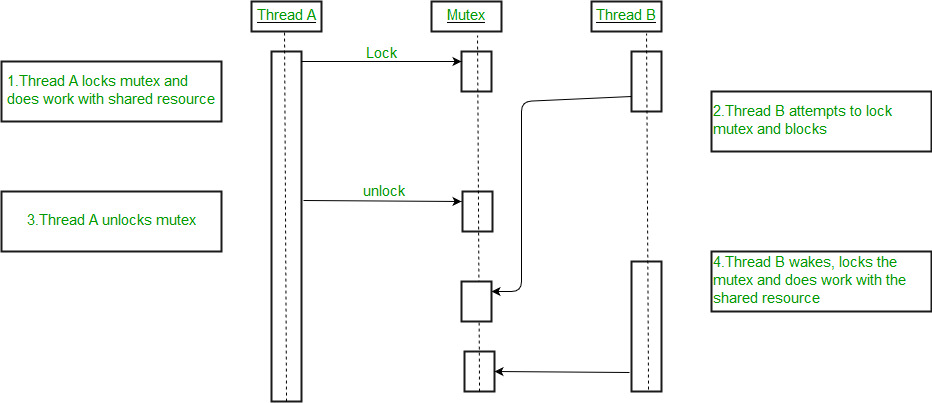
I'll respond in English as per your request!
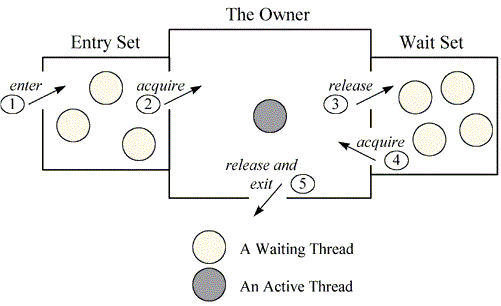
Monitoring Lock with Java
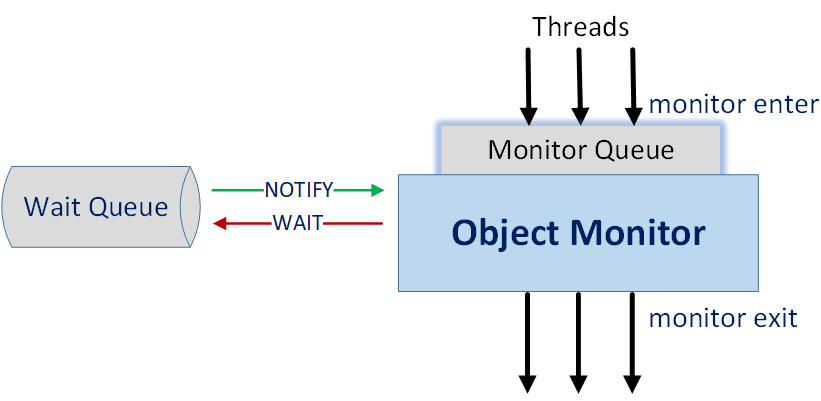
In computer systems, monitoring and locking mechanisms are crucial components to ensure data integrity, security, and efficient processing. In this response, we will explore how to implement a monitor lock using Java.
What is Monitor Lock?
A monitor (also known as a lock or mutex) is a synchronization primitive that allows threads to access shared resources safely. It ensures that only one thread can execute a specific section of code at any given time, preventing conflicts and ensuring consistent data updates. In Java, the synchronized keyword is used to create a monitor lock.
Java Code Example:
Here's an example code snippet demonstrating how to use a monitor lock in Java:
public class MonitorLockExample {
private Object monitor = new Object();
public void accessSharedResource() {
synchronized (monitor) {
// Critical section of code: accessing shared resource
System.out.println("Accessing shared resource...");
try {
Thread.sleep(500);
} catch (InterruptedException e) {
e.printStackTrace();
}
System.out.println("Finished accessing shared resource.");
}
}
public static void main(String[] args) {
MonitorLockExample example = new MonitorLockExample();
// Create multiple threads to access the shared resource
Thread thread1 = new Thread(() -> example.accessSharedResource());
Thread thread2 = new Thread(() -> example.accessSharedResource());
Thread thread3 = new Thread(() -> example.accessSharedResource());
thread1.start();
thread2.start();
thread3.start();
}
}
In this example:
TheMonitorLockExample class has a single instance of an object (monitor) that serves as the lock. The accessSharedResource() method is synchronized on the monitor object, ensuring only one thread can execute the critical section of code at any given time. In the main() method, multiple threads are created to access the shared resource simultaneously. Due to the monitor lock, only one thread will be able to enter the critical section and update the shared resource.
Benefits of Monitor Lock:
The benefits of using a monitor lock in Java include:
Thread Safety: By ensuring that only one thread can execute critical code sections at any given time, monitor locks prevent data inconsistencies and conflicts. Synchronization: Monitor locks allow for fine-grained control over the synchronization of threads accessing shared resources. Improved System Performance: By minimizing contention and reducing the risk of deadlocks, monitor locks promote more efficient system performance.Conclusion:
In conclusion, Java's synchronized keyword provides a powerful mechanism to implement monitor locks, ensuring thread safety, synchronization, and improved system performance in concurrent programming scenarios. Remember to use this feature wisely when developing multithreaded applications.
Would you like me to elaborate on any specific aspect of monitor locks or Java concurrency?
